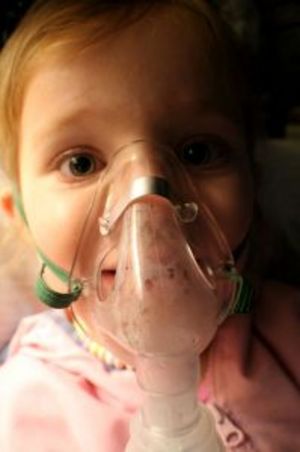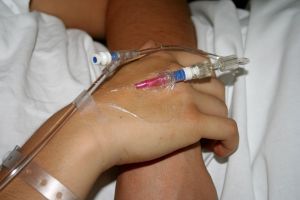Bone marrow donors are volunteers. Healthy bone marrow is transplanted into adults and children who battle any of the hundred or so leukemia cancer diseases, or other blood illnesses. About 70% of patients do not have a match in their own family. That’s when the National Bone Marrow Registry ® (NBMR) and Be The Match Registry ® (BTMR) can bring patients and potential donors together. Joining the list is the first step in potentially saving a life, which can be easily done online at the BTMR Join the Registry web page.
What Will It Cost?
Your time is usually the only cost to join the list. Fill-out the free online registration form. Getting on the list is typically free, because the registry relies a lot on contributions for lab work and other costs. Sometimes there is not enough funding to fully cover the fee, so new donors may then be asked to help with small part of the registration cost, but this is not common.
Once registered, the BTMR mails you a cheek swab kit. Read the short directions on the kit. Swab your cheek for a DNA sampling and send it back to the registry as soon as possible, so a patient in need might be matched to you.
Who Can Be a Donor?
The BTMR says around 9 million people are on the donor list, and many more are needed. Although anyone between age 18 and 60 can donate bone marrow, there is a great need for certain people to consider donating bone marrow, because survival is best with a donor of same genetic background. According to the BTMR, the biggest need is for those with ancestry of American Indian/Alaska Native, Asian/South Asian, Pacific Islander/Native Hawaiian, African American/Black, Hispanic/Latino, and Mixed/Multiple ancestry.
Certain medical issues may keep you from being allowed to donate marrow. In registering as a potential match, you are asked at least thirty medical questions to help decide whether or not you are a good candidate for the donor list. No one wants the donor or the patient to get a bad health result from a marrow donation. The questions range from how long ago you go your last tattoo to how bad your asthma might be, and many health issues in-between. My own asthma condition did not stop me from qualifying for the BTMR, because my respiratory issues are well-controlled with medication and healthy lifestyle choices.
Personal Experience
A few years ago, I learned about the registry after a friend’s teenager became suddenly ill with a rare, deadly leukemia. The medical team and family brainstormed this as one of many possible ways to help her survive this devastating illness.
As a mom and friend, the decision to become part of the BTMR was easy for me. I decided if my bone marrow does not match with hers, my marrow might help someone else survive their health battle one day. Back then, the DNA cheek swab test was not accessible online, so I went to my local American Red Cross site to register and do an on-site blood sample. I still remain on the list over 5 years later and my friend’s daughter is a survivor, a graduate of a culinary arts school in Europe, and living her own grown-up life.
Recently my fellow Yahoo! Network contributor and Arizona writer, Rissa Watkins, learned she has a rare leukemia. One of her recovery and survival tools may include bone marrow transplant. I hope Yahoo! readers and contributors will join the BTMR either as a potential bone marrow donor or by monetary contribution.
Know Before You Sign-up
Marrow donors who are matched to patients in need are not expected to pay for any of their medical fees associated with the exam, procedure, or recovery.
It is also valuable to know that if match is found, your marrow will be donated by either a non-surgical procedure or an out-patient day surgery marrow removal procedure, depending on what you and the doctors decide is best for you at your information and physical exam appointment. Commonly, recovery from the non-surgical choice takes about two weeks and the marrow removal surgery takes about three weeks.
It is important to know that you can change your mind about donating marrow at any time. Leaving the registry can be done without any explanation.
Sources
Be the Match Registry
American Red Cross
Contributor’s Personal Experience
Bone Marrow Transplant Fact Sheet, Center for Disease Control






